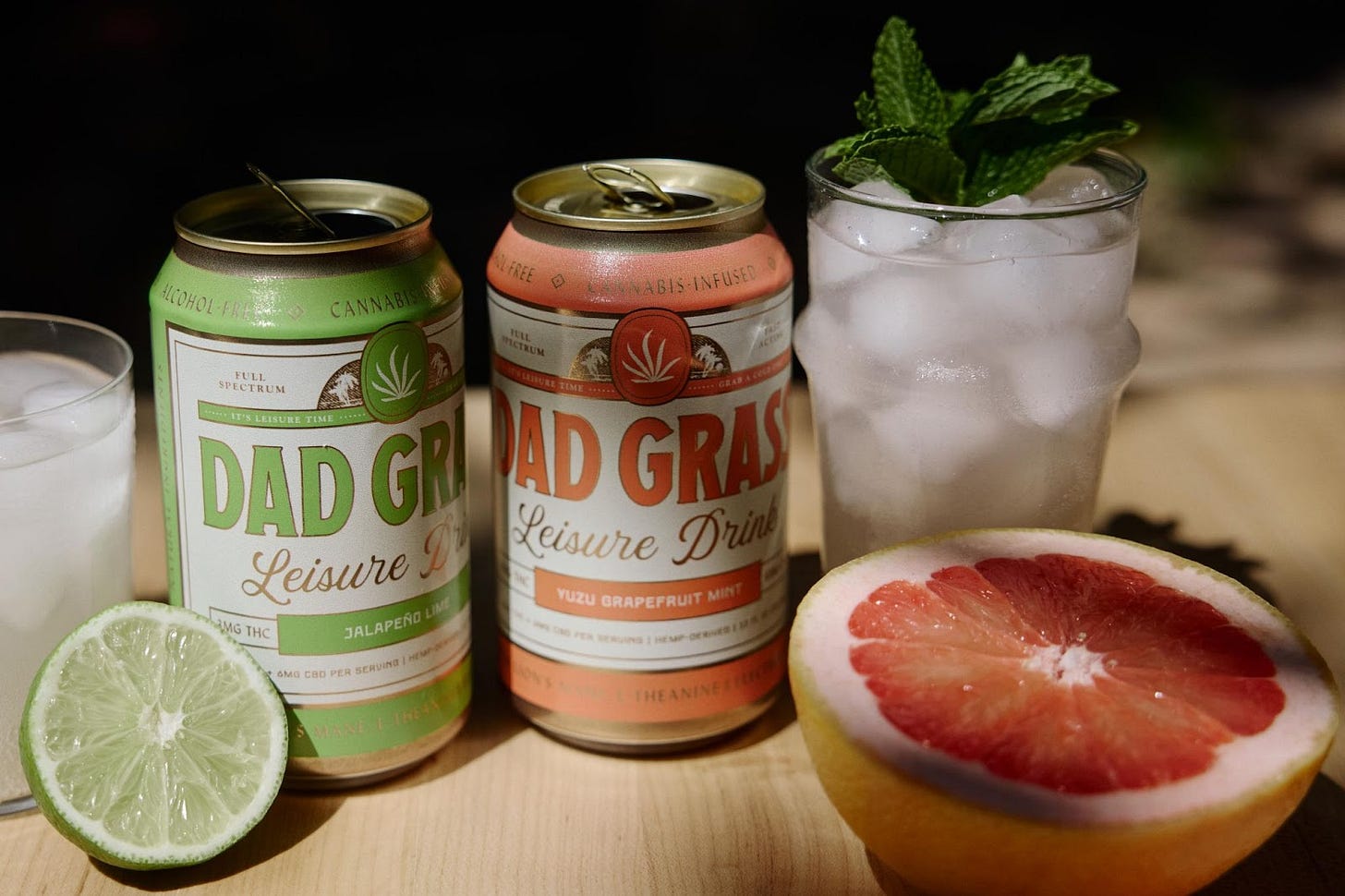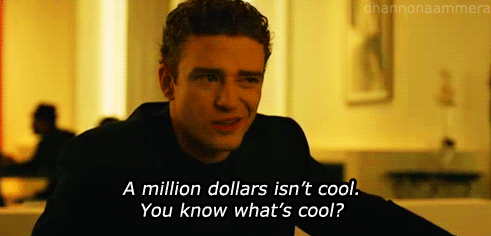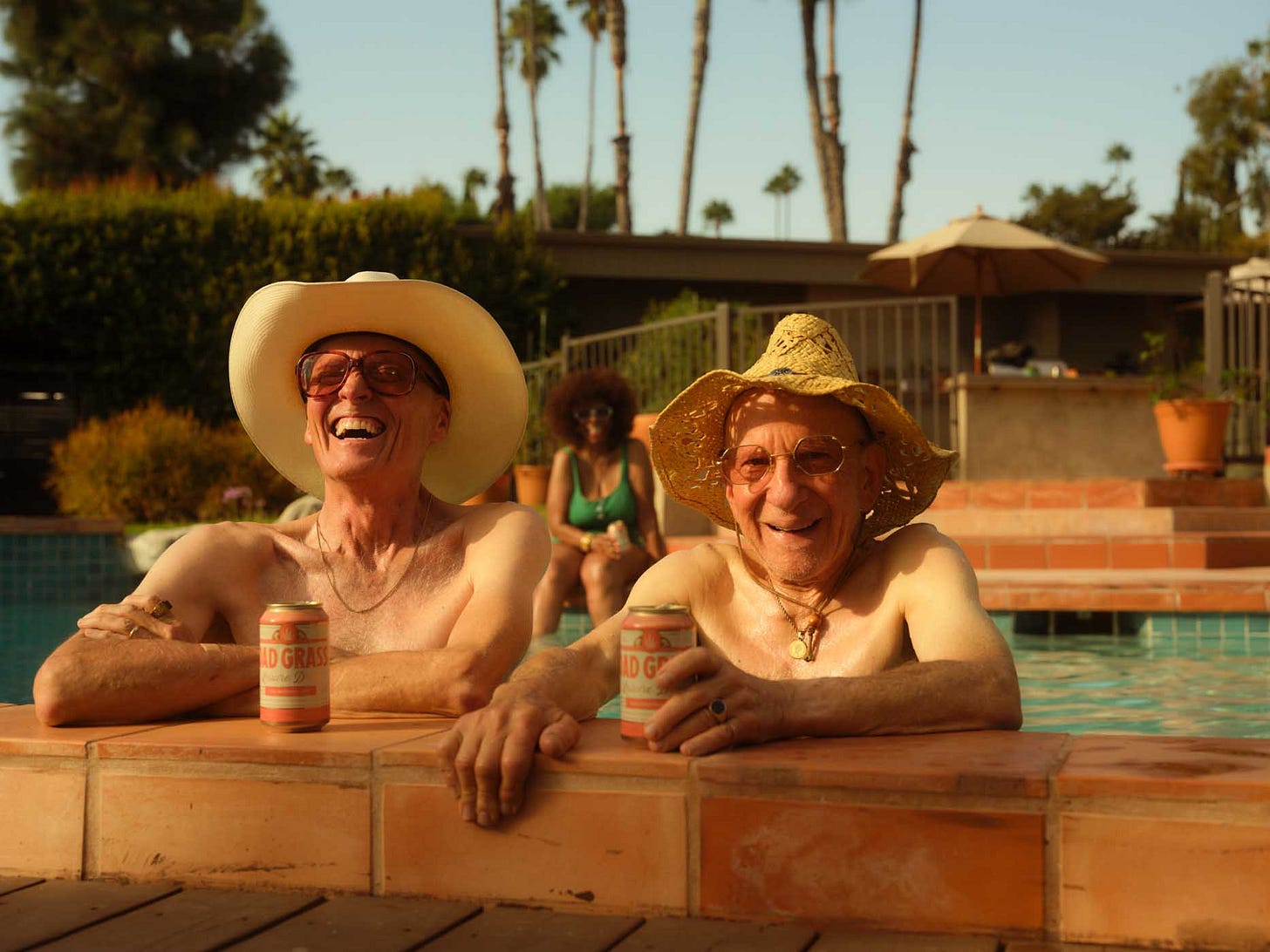Why Low Dose Will Turn the Tables
While following the hemp beverage market over the last year, whether through great coverage from Beer Business Daily, or personal DMs with retail buyers and distributors, the most common piece of feedback I’ve heard has been that higher-dose (10mg +) products drive the majority of sales.
That bang-for-your-buck mentality is not surprising. The feedback also reminded me of the craft beer boom, where in addition to flavor, high ABV drove a lot of the early interest. But where a 10mg hemp beverage might roughly equate in ABV terms to an imperial IPA, the beer category doesn’t have any equivalent for the slow and steady creep toward 25, 50, even 100mg.
This potency arms race, along with the rise of synthetic THC products, likely played a crucial role in driving the Texas Legislature’s Senate Bill 3, which aimed to ban all hemp products containing THC, regardless of potency. The ever-growing base of people invested in the hemp beverage industry were therefore relieved to learn in late June that Governor Greg Abbott had vetoed the bill. In so doing, Abbott instructed lawmakers to bring forward a regulatory framework that included, among many other things, potency caps.
Yesterday, in response to Senate Bill 5, a renewed effort to ban all THC in Texas, including trace cannabinoids, Abbott again resisted, urging a make-sense limit instead. “Adults should be able to access heavily regulated, nonintoxicating levels of hemp, and there should be strict legal enforcement of hemp that exceeds 3.0 milligrams total THC per serving.”
Last Fall, while watching the Bears lose at a bar up the street (ie on most any Sunday in late 2024), I noticed a fellow dad ordered the only THC drink on the menu. I asked if that was a regular thing, and he said it was actually his first ever, but that he wanted to avoid alcohol and liked that it was low-dose for dipping his toe in the water.
After the game, I met my wife at our neighbor’s house for a party. I walked in and no less than 15 moms and dads were surrounding the kitchen island. When I was met with an unusual amount of enthusiasm, my wife told me that they’d be talking about THC drinks because they’re all intrigued, but nobody understood how to approach them. I didn’t have my white board on me, but we quickly got down to business.
At that point, I was deep into planning with my colleagues at Revolution about how the brewery should position itself to enter the market. With Revolution being the most ubiquitous craft beer brand in the state, with a strong trust behind the brand, I never personally felt that the highly experienced cannabis user was the ideal target market for an approachable and familiar brewery that spent years building equity and credibility in that most accessible of intoxicants, beer.
Knowing that Rev wasn’t necessarily late, but definitely far from early, low-dose stood out to me as the most meaningful future opportunity. Around this same time, the co-founder of Dad Grass, Ben Starmer, asked to connect. All sorts of founders and brands reach out because of what I do here and on social media, but this conversation in particular stood out. They refer to their Leisure Drinks as “mild dose” as they’re “pleasantly potent to help you chill to the max”, but “mellow enough so you can stay in the conversation”.
Our conversation led to me introduce Ben to my now business partner Jeff Agase, leading them to begin working together on Dad Grass’ route-to-market strategy and pair them with some top-notch beer distributors and take Leisure Drinks from DTC to retail. That introduction was the first domino that led me to join BrightBev and continue to build this case for mild potency. Here are my six favorite reasons to believe that low dose will turn the tables:
1. Positioning for the Future
The more vast opportunity in hemp beverages could be less about chasing where the category is today and more about anticipating where the broader demand is heading. Most new consumers aren't looking to get completely stoned. They want something that fits naturally into their routine or social life.
Low-dose drinks offer a safer entry point for the THC-curious who surrounded me at that kitchen island, especially those coming from adjacent spaces like alcohol, wellness, or non-alc. And compared to the high-dose crowd, there is a much larger audience waiting to be unlocked.
2. More Occasions, Higher Ceiling
A beverage’s potential isn't just about who’s drinking it, but when and where. The high-dose segment is currently built for a narrower band of seasoned users, owning occasions like the end-of-day unwind, the solo couch session, or the calculated weekend adventure. It's established, highly competitive, and easier to enter from a value perspective, which makes it harder to stand out. Just like you can always get out-localed in craft, you can now always get out-milligramed in THC drinks.
Lowering the starting point may not compete with that glass of red wine on a Tuesday, but could set up perfectly for the Saturday afternoon boat ride or barbeque. Approachable options have the potential to reach millions of adults who don't currently see themselves as cannabis users, but would be open to something subtle, social, and free of stigma.
They also force you to build a brand that goes beyond mere function, and touches on emotion, lifestyle and romance, the hallmarks of a well-developed, major brand with scale. It's not just about first-timers either, as entry-level dosages can complement the habits of regular users who want something lighter in social or daytime settings. Just like a bourbon appreciator might reach for a lager or a canned cocktail on the weekend, the same shift applies here.
3. Experience First
Low-dose shifts the focus from chasing milligrams to delivering a specific feeling. It’s less about getting as high as possible and more about creating a sense of calm, a mild uplift, or a light buzz that keeps you present. This positions THC as something that can realistically compete with a glass of wine or a cocktail at happy hour.
The objective is less about intensity as it is about a positive experience. That makes them far more approachable and, importantly for volume purposes, repeatable. Said another way, there’s a time and place for max relax, but that time and place is a significantly smaller economic opportunity compared to all those where the goal is to stay in the game, continue to have something in your hand, and manage the experience.
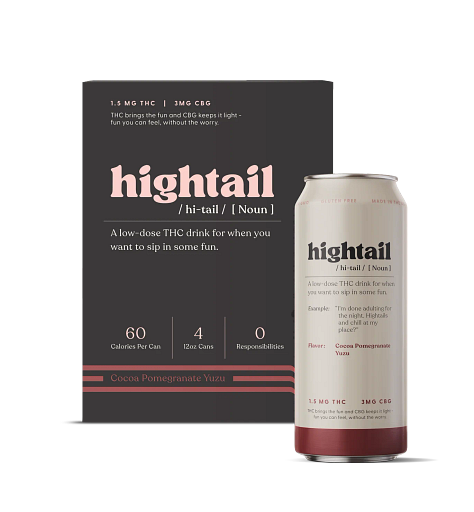
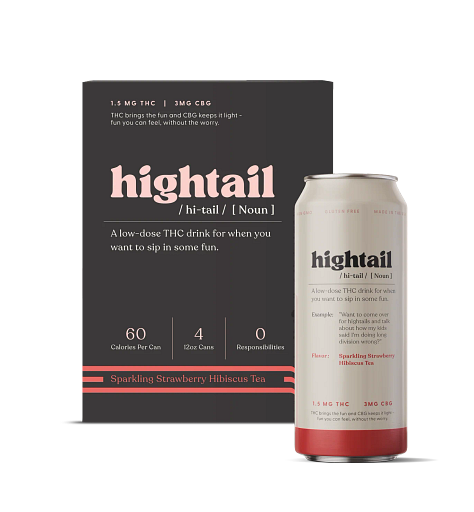
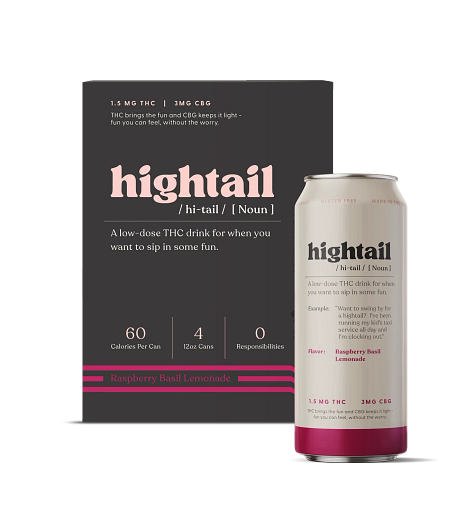
4. Comparing to Alcohol
Low-dose THC beverages offer the same qualities that have made light beers, spritzes, and canned cocktails so popular. They are social, easy to enjoy, and deliver a consistent experience every time. Because these drinks are made to be consumed more than once in a sitting, they help establish rituals that lead to frequent, repeat purchases. Instead of being one-and-done, the format allows consumers to stack their way toward their preferred level of buzz.
One of the things l love about Dad Grass is that I can approach it just like I do a lager or other beer session. Sometimes I want one, sometimes I want two, and sometimes the occasion calls for a longer haul. But in all those instances, I want something that makes me feel something throughout without tipping me past the point of no return. The more that this segment talks about the hemp drinks experience in relatable and familiar terms, the more adoption we will see.
5. Consistency, Control, and Comfort
There are a lot of THC drinks consumers out there right now, who just don't know it yet. For these new audiences, predictability and education play a big part in adoption. If the segment continues to intimidate with functional and potency cues, those people won't reach for a 25 mg or a 10 mg or a 5 mg or a 3 mg. They won't enter the segment at all
A 3mg drink gives people the chance to ease in, feel it out, and understand their own limits without the risk of unknown consequences. It helps build confidence with each round and keeps things in a comfortable zone. Rather than pushing boundaries or chasing intensity, low-dose is about feeling good, staying social, and knowing exactly what to expect. Most don’t want to be too high to hold a conversation, so lower options keep the experience light and under control.
6. Regulatory Safety Net
Low-dose THC beverages may prove to represent a more stable long-term path as the regulatory environment around hemp products continues to face opposition. The lower potency makes it easier for lawmakers to embrace, or at least tolerate, the segment that their constituents are growing to love, and if the result is a higher volume product, that’s more reason for distributors and retailers to continue to get behind it. New consumers get a clearer margin of safety, helping reduce the risk of unintended overconsumption.
Governor Abbott’s recent statement matches up with this direction. Rather than banning hemp-derived THC outright, he endorsed products with 3mg or less per serving, sold only to adults over 21. His position suggests a shift toward regulating THC beverages through a similar lens as alcohol, focused on moderation, consistency, and responsible access. That framework gives lighter offerings a clear place in the market, even as higher-potency continues to outperform.
Back to the Kitchen Island
That night around the kitchen island still stands out. Not because it was some perfect representation of the category’s future, but because it captured a real moment of interest from a lot of people who weren’t already in the loop. Curiosity was high, but nobody quite knew where to start. They weren’t chasing potency or comparing cannabinoids. They just wanted to understand what a THC drink might feel like, and whether it had a place in their life.
Low-dose isn’t a replacement for high-dose, and it doesn’t need to be. Both are likely to have a major role. But as this category matures, the brands that succeed might not be the ones who got there first or screamed the loudest. It might be those who built a product that felt approachable, made sense to the people on the sidelines, and gave them a reason to come back. That’s the bet I’m making. And I don’t think I’m alone.




